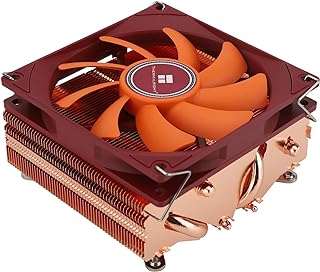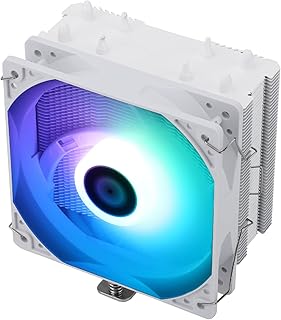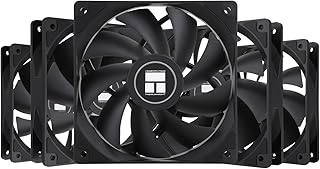When it comes to maximizing PC performance, enthusiasts are always on the lookout for ways to push their systems to the limit. Upgrading components like the CPU, memory, graphics card, and storage can significantly enhance performance, but accurately measuring these improvements requires reliable benchmarks. For years, benchmarking tools have been essential in gauging the capabilities of desktops and laptops, helping users identify areas for enhancement.
With a plethora of benchmarks available, selecting the most suitable ones can be a daunting task. Club386, a platform run by PC enthusiasts, recommends five benchmarks that provide a comprehensive evaluation of a system’s performance. Whether you’re a novice in DIY builds or a seasoned user looking to upgrade, these benchmarks offer valuable insights into your computer’s capabilities.
One of the key aspects of system performance is CPU efficiency, which can be accurately assessed using tools like Cinebench R23. This benchmark, widely used by hardware manufacturers and reviewers, stress-tests CPU cores and threads, providing a realistic evaluation of a system’s multitasking capabilities. By running Cinebench R23, users can determine how well their system performs in content creation workflows and multimedia tasks, offering a score that reflects its processing power.
Transitioning to storage performance, CrystalDiskMark serves as a valuable tool for evaluating the speed and responsiveness of solid-state drives (SSDs). As SSDs have become the standard for consumer storage, understanding their performance metrics is crucial. CrystalDiskMark’s simple yet effective benchmarking process allows users to assess data transfer rates and drive performance, offering insights into the impact of storage upgrades on overall system responsiveness.
For a comprehensive assessment of overall system performance, PCMark 10 stands out as a versatile benchmark that evaluates a system’s capabilities across a range of everyday tasks. By simulating real-world applications and workflows, PCMark 10 provides a holistic view of a system’s performance, enabling users to gauge its efficiency in various scenarios. The benchmark’s composite score offers a clear indication of a system’s overall capabilities, making it a valuable tool for assessing hardware upgrades.
When it comes to graphics performance, 3DMark Time Spy is a go-to benchmark for evaluating a system’s gaming capabilities. With a focus on graphics card performance, 3DMark Time Spy uses DX12 components to simulate gaming scenarios and generate a composite score that reflects a system’s gaming prowess. By running this benchmark, users can assess their system’s ability to handle high-quality gaming experiences at different resolutions, helping them optimize settings for optimal performance.
While synthetic benchmarks provide valuable insights, real-world gaming benchmarks like Final Fantasy XIV: Endwalker offer a unique perspective on a system’s gaming performance. By running the game’s standalone benchmark, users can evaluate their system’s ability to handle modern gaming titles, providing a practical assessment of its gaming capabilities. Whether categorizing performance levels or analyzing frame rates, benchmarks like Final Fantasy XIV: Endwalker offer a tangible way to assess a system’s gaming readiness.
In conclusion, these five free benchmarks offer users a comprehensive toolkit for evaluating their system’s performance and identifying areas for improvement. While more specialized benchmarks exist, these tools provide accessible and practical insights that cater to a wide audience. By leveraging these benchmarks, users can gain valuable knowledge about their system’s capabilities and make informed decisions about hardware upgrades and optimizations.
📰 Related Articles
- Enhance Gaming Performance: Best SSD Options for PC Gamers
- Elden Ring Nightreign Day-One Patch Aims to Enhance PC Performance
- Valve Enhances Steam Performance Monitoring Tool for PC Gamers
- Umamusume: Pretty Derby Ranks Top Among Free PC Games
- Top Gaming PC Cases 2024: Performance, Style, and Functionality






